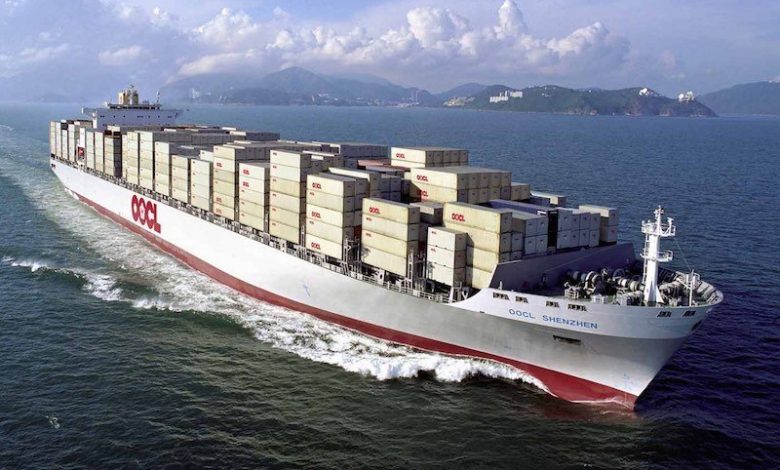Possible impacts of the new shipping alliances

CargoSmart crunches the data ahead of tomorrow’s big container alliance reshuffle to give Splash readers an idea of what to expect.
Starting from tomorrow, the new Ocean Alliance and THE Alliance will kick-off their respective networks and the 2M Alliance will launch new services. CargoSmart analysed the proforma schedules provided by the ocean carriers through March 17. We found that most of the top US ports will have fewer visiting vessels for each alliance service. In addition, the average vessel size by teu capacity for the alliance services will increase at most of the top US ports. For most of the top Europe ports, the average vessel size by teu capacity for the alliance services will increase. Please see the figures showing a comparison of the alliance services before and after April 1 at the top US and Europe ports.


With the expected number of alliance vessels on the transpacific and transatlantic trades visiting the top US ports decreasing by 17% and the average alliance vessel capacity increasing by 5%, we anticipate that the new alliance services will be operating overall less capacity at the top US ports.
At the individual port level, the ports that are expected to have more visiting vessels and with a greater average teu capacity could experience an initial impact on operations as the ports adjust to the possible new volumes, such as Houston, Miami, Rotterdam, Hamburg, Antwerp, and Southampton.
For ports that are accommodating larger vessels, the ports may need to adjust berth windows for the greater volume of cargo. We may see initial frequent updates to carriers’ sailing schedules as the alliances deploy the vessels on the new services.
